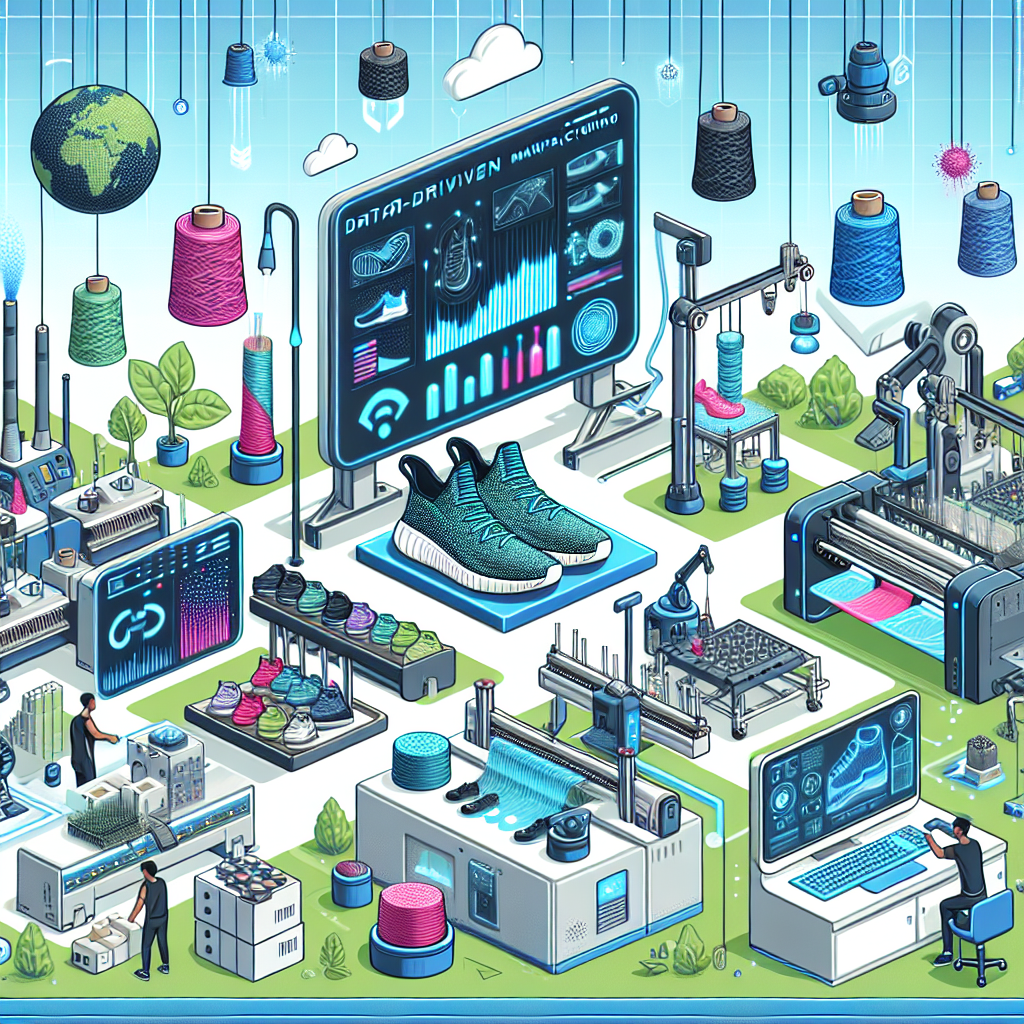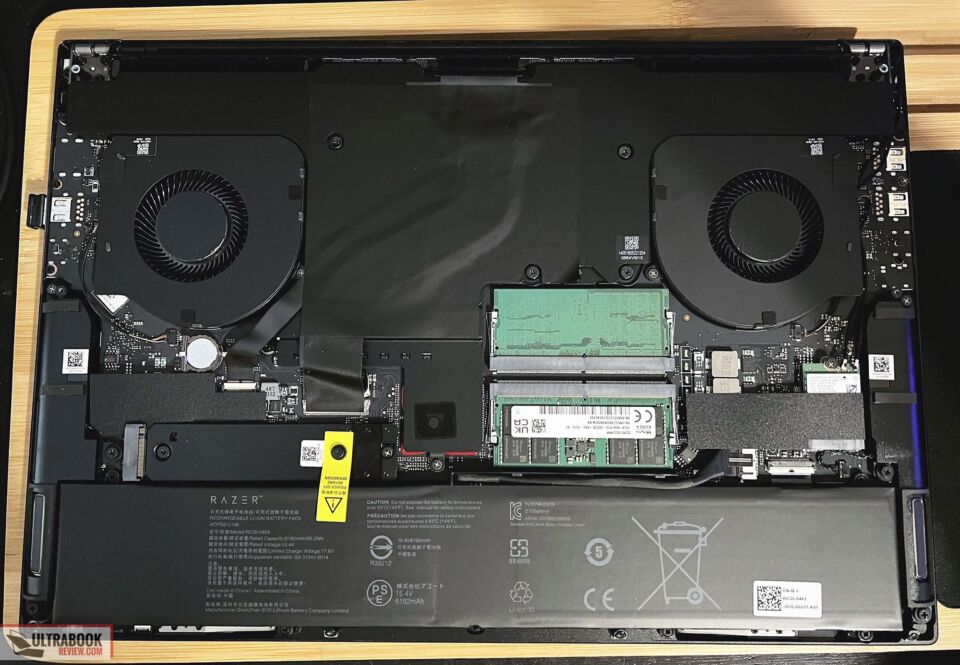The Complexities Of Automating Nike Sneaker Manufacturing

Table of Contents
Technological Hurdles in Automating Sneaker Production
Automating the production of Nike sneakers, renowned for their intricate designs and diverse materials, presents significant technological challenges. The precision and dexterity required are currently beyond the capabilities of most robotic systems.
The Precision Problem
Sneaker manufacturing demands incredibly precise movements for optimal stitching, gluing, and assembly. This level of accuracy is crucial for ensuring both the quality and comfort of the final product. Current robotic technology struggles to replicate the fine motor skills of human workers.
- Difficulty replicating the fine motor skills of human workers: The subtle adjustments and nuanced movements required for tasks like threading a needle or precisely applying adhesive are difficult for robots to master.
- Challenges in adapting robots to handle different sneaker models and materials: Nike produces a vast range of sneakers with varied designs and materials. Reprogramming and adapting robots for each model and material is a complex and time-consuming process.
- Need for advanced sensor technology to ensure accuracy and quality control: Sophisticated sensors are needed to monitor the robotic processes, ensuring accuracy and identifying any defects in real-time. This requires advanced sensor technology and robust quality control systems.
Material Handling Challenges
Sneaker components, from supple leather and breathable fabrics to durable rubber soles and intricate laces, present a diverse range of material properties. Automating the consistent and efficient handling of these varied materials poses significant obstacles.
- Robots struggle with inconsistent material properties: The varying textures, thicknesses, and flexibilities of sneaker materials make consistent handling difficult for robots.
- The need for adaptable grippers and feeding systems: Robots require specialized grippers and feeding systems capable of handling the diverse range of materials without damaging them.
- Integration challenges between different automation systems: Integrating various automated systems for different stages of production (e.g., cutting, sewing, assembling) requires sophisticated software and complex coordination.
Economic Considerations of Automation in Sneaker Manufacturing
While automation promises long-term cost savings, the initial investment and potential ROI uncertainties make it a complex economic decision for Nike.
High Initial Investment Costs
Implementing automation in sneaker manufacturing requires a substantial upfront investment. This includes not only the cost of the robotic systems themselves but also the necessary software, integration expertise, and ongoing maintenance.
- Cost of purchasing and maintaining advanced robotics: State-of-the-art robots capable of handling the complexities of sneaker manufacturing are expensive to purchase and maintain.
- Expenditures on software development and integration: Sophisticated software is needed to control and coordinate the robots, requiring significant investment in software development and integration expertise.
- Training and skilled labor required to operate and maintain the automated systems: Specialized training is needed for workers to operate and maintain the automated systems, adding to the overall cost.
Return on Investment (ROI) Uncertainties
Predicting the return on investment for automated sneaker manufacturing is challenging. Factors like production volume, product complexity, and unexpected downtime can significantly impact profitability.
- Potential for unforeseen maintenance costs and downtime: Robotic systems can experience unexpected malfunctions, leading to costly downtime and repairs.
- The need for a significant production volume to justify the initial investment: The high upfront investment necessitates a large production volume to achieve sufficient cost savings to justify the automation.
- Difficulties in accurately predicting the long-term cost savings: Accurately predicting the long-term cost savings of automation is difficult due to many unpredictable factors.
Ethical and Social Implications of Automating Nike Sneaker Production
The ethical and social ramifications of automating Nike's sneaker production are significant, particularly concerning job displacement and the need for human oversight.
Job Displacement Concerns
Widespread automation in sneaker factories could result in substantial job losses, impacting livelihoods and local economies. This necessitates careful planning and mitigation strategies.
- Need for retraining programs and social safety nets for displaced workers: Retraining programs and social safety nets are crucial to support workers displaced by automation.
- Ethical considerations regarding the societal impact of automation: The ethical implications of job displacement and its potential impact on communities need careful consideration.
- Potential for increased income inequality: Automation could exacerbate income inequality if the benefits are not equitably distributed.
Quality Control and Human Oversight
Even with advanced automation, human oversight remains crucial for quality control and addressing unexpected issues. A fully automated system is unrealistic in the foreseeable future.
- The importance of human quality control inspectors: Human inspectors are essential to ensure consistent quality and identify defects that automated systems might miss.
- The need for a balance between automation and human expertise: A hybrid approach, combining automation with human expertise, is likely the most effective strategy.
- The risk of reduced quality with over-reliance on automation: Over-reliance on automation without adequate human oversight could potentially lead to a decrease in product quality.
Conclusion
Automating Nike sneaker manufacturing presents a multifaceted challenge, balancing technological feasibility, economic viability, and ethical responsibilities. While the potential for increased efficiency and reduced costs is undeniable, significant hurdles in terms of technology, investment, and social impact must be carefully considered. The future of Nike's manufacturing likely lies in a hybrid approach, strategically integrating automation with human expertise to optimize production while mitigating the risks associated with full-scale automation. Understanding the complexities of automating Nike sneaker manufacturing is critical for navigating the future of this industry. To learn more about the latest advancements and challenges in this area, continue exploring the resources available on automated manufacturing and the footwear industry.

Featured Posts
-
 The Economic Fallout Of Trumps Trade Offensive A Risk To Us Financial Supremacy
Apr 22, 2025
The Economic Fallout Of Trumps Trade Offensive A Risk To Us Financial Supremacy
Apr 22, 2025 -
 In Depth Razer Blade 16 2025 Review Ultra Performance Ultra Price Tag
Apr 22, 2025
In Depth Razer Blade 16 2025 Review Ultra Performance Ultra Price Tag
Apr 22, 2025 -
 Cybercriminal Makes Millions Targeting Executive Office365 Accounts
Apr 22, 2025
Cybercriminal Makes Millions Targeting Executive Office365 Accounts
Apr 22, 2025 -
 Addressing High Stock Market Valuations Bof As Argument For Investor Confidence
Apr 22, 2025
Addressing High Stock Market Valuations Bof As Argument For Investor Confidence
Apr 22, 2025 -
 Alterya Acquired By Chainalysis Boosting Blockchain Security With Ai
Apr 22, 2025
Alterya Acquired By Chainalysis Boosting Blockchain Security With Ai
Apr 22, 2025
